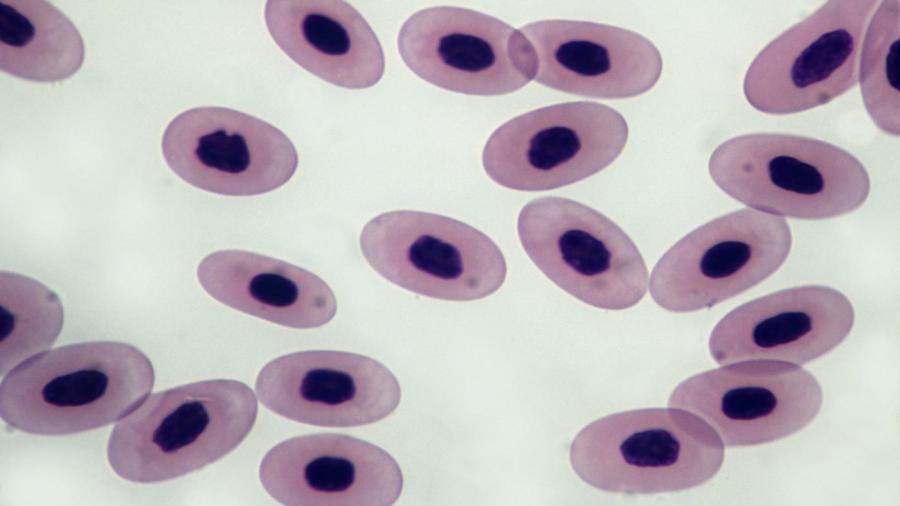5 Divided By 5 6

Cells divide for reproduction, replacement of lost or dead cells and to promote growth. Cell division is necessary for survival. There are 2 methods to accomplish cell sectionalization, known as mitosis and meiosis.
Cell Reproduction
All living organisms experience cell division as a part of survival. This includes plants, animals, leaner and fungi. Reproduction is the oldest, and mayhap the simplest, reason cells divide. In reproductive fission, one cell typically grows larger than usual, duplicates its organelles and any internal structures, then divides into ii virtually identical cells. Bacteria, for instance, utilize binary fission for cell partition to reproduce and multiply. Among microbes, this process, which is referred to as mitosis, is one of the most common ways for reproduction. In multicellular organisms, such equally plants and animals, cells undergo a special form of cell segmentation known as meiosis.
Replacement of Expressionless or Lost Cells
Found and animal cells also split for reasons related to the needs of the organism. When a pare cell is damaged, for example, the cells near the site of the harm oft separate as a way of replacing the lost tissue. Through a series of six phases, mitosis takes on the of import task of replacing these dead or lost cells. This is the repairing mechanism for the tissues that demand mending. Basically, an injury to tissue stimulates growth factors in an extracellular matrix (ECM). This ECM contains the necessary biological programming to perform the repairs. Kind of like a first help kit, the ECM uses water, essential minerals and compounds to aid in the healing process. In one case the ECM takes over, the jail cell typically stops dividing. Notwithstanding, sometimes over-exposure or genetics tin crusade this to go out of control, causing a mutation. A mutation in human bodies can be caused past external exposure to excess sunlight, pollution, cigarette fume and other toxins. It can also exist caused internally by errors that happen within the DNA-copying procedure, which is sometimes based on genetics.
Growth Through Cell Division
Cell sectionalization actually produces new cells for growth. Call back of an athlete who breaks down muscle tissues and fibers through exercise. The tissues and cells repair and create new growth. Therefore, the muscles gain strength with new cells. This breakup of tissue and replacement with new cells is part of a jail cell wheel. The longer someone lives and the larger his or her size is, the more cells he or she will have within his or her torso. Certain cells are in constant growth way, including skin cells. Considering these peel cells are shed, they have to be replaced. As many as 50 1000000 skin cells are shed daily, according to biologists. Other cells, including nerve and brain cells, do not require every bit much cell sectionalisation. A congenital-in command arrangement within the torso keeps this cellular growth in check. Information technology knows when to make new cells and when to stop producing them. Occasionally, there is a glitch in the cellular-division system. In the event that a cell continually divides and makes more than than is needed, cancer cells can develop, leading to affliction. The cell-division process has to go on a balance to remain healthy.
5 Divided By 5 6,
Source: https://www.reference.com/science/three-reasons-cells-divide-476b89095e5306f0?utm_content=params%3Ao%3D740005%26ad%3DdirN%26qo%3DserpIndex&ueid=f621d8d3-8e9d-4ad7-aa79-70fbf5b33edb
Posted by: adamsintriect.blogspot.com


0 Response to "5 Divided By 5 6"
Post a Comment